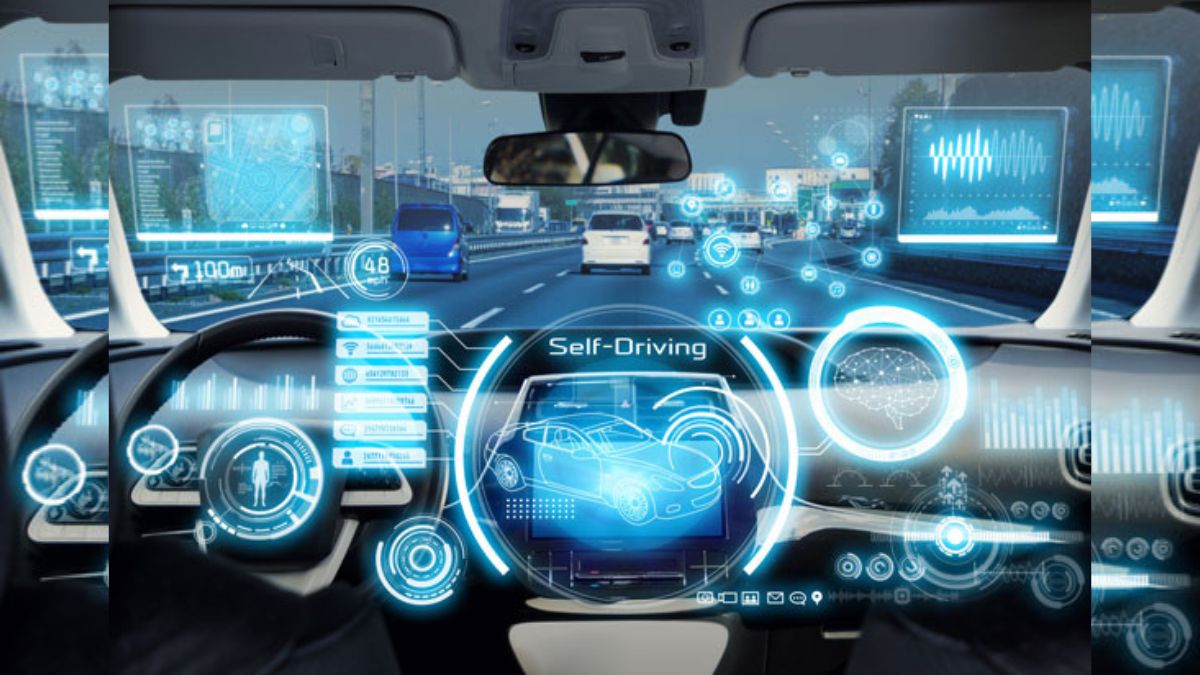The automotive industry is evolving, and traditional car showrooms are no longer the only way to explore and purchase vehicles. With advancements in digital technology, Virtual Showroom and Online Test-Drive Platforms are revolutionizing how customers research, customize, and experience cars—all from the comfort of their homes.
What is a Virtual Showroom & Online Test-Drive Platform?
A virtual showroom is an interactive digital environment that allows users to explore vehicles in 3D. Combined with online test-drive simulators, these platforms offer an immersive experience, simulating the feel of being inside the car, adjusting features, and driving virtually on different road conditions.
Key Features of Virtual Showrooms & Test-Drive Platforms
Immersive 360-Degree Car Visualization
Users can rotate, zoom, and inspect vehicles with high-definition 360-degree views. Real-time customization options include exterior colors, interior trims, and accessories.
Virtual Test-Drive Simulation
Platforms simulate realistic driving experiences, allowing users to understand how a car handles in various driving conditions such as highways, urban roads, and wet terrains. Some platforms offer VR integration for an enhanced experience.
Augmented Reality (AR) Integration
AR features enable users to place life-size car models in their surroundings using smartphones or tablets. This helps visualize the vehicle in a real-world environment.
Live Chat and Virtual Assistance
Integrated chat support and AI assistants provide real-time answers to queries, assist with bookings, and guide users through the purchasing process.
E-Commerce and Booking Functionality
These platforms allow users to request quotes, schedule physical test drives, and even complete the purchase process online with secure payment and financing options.
READ MORE: Advanced Driver Assistance Systems (ADAS): Features, Benefits & Future of Automotive Safety
Benefits of Virtual Showroom & Online Test-Drive Platforms
- Convenience to explore vehicles anytime, anywhere.
- Enhanced engagement through interactive features.
- Reduced dealership overheads and extended customer reach.
- Improved conversion rates with serious buyer inquiries.
- Establishes a tech-savvy, innovative brand image.
How Virtual Showrooms Work
Virtual showrooms are developed using advanced 3D modeling, VR/AR frameworks, and high-performance web platforms. Technologies like Unity, Unreal Engine, and WebGL ensure realistic rendering. Secure servers, content delivery networks (CDNs), and analytics tools enhance user experience and security.
Industry Examples
- Toyota Virtual Showroom India offers 360-degree views, AR visualization, variant pricing, and online booking.
- AutoShowroom.io provides interactive car configurators and virtual test-drive simulations.
- OneDealer Virtual Showroom features virtual walkthroughs, live assistance, and booking integrations.
Challenges and Considerations
Implementing virtual showrooms requires robust infrastructure, high-speed internet, and staff training. Ensuring a user-friendly interface and safeguarding user data are critical for success.
The Future of Car Shopping
Future advancements will make virtual showrooms even more immersive with haptic feedback, voice controls, and AI-driven personalization. Blockchain technology and digital twins will enhance transaction security and provide precise car representations.
Conclusion
The concept of experiencing cars through a Virtual Showroom and Online Test-Drive Platform is shaping the future of automotive retail. It offers customers unparalleled convenience, detailed information, and interactive experiences that traditional showrooms cannot match. As this technology continues to grow, it will redefine how consumers purchase vehicles, making the process faster, smarter, and more customer-focused.









